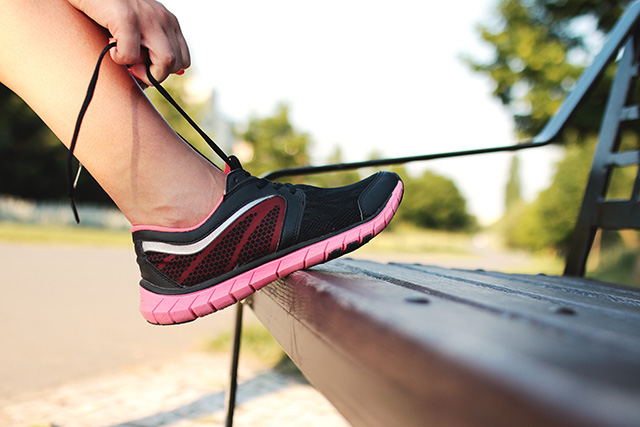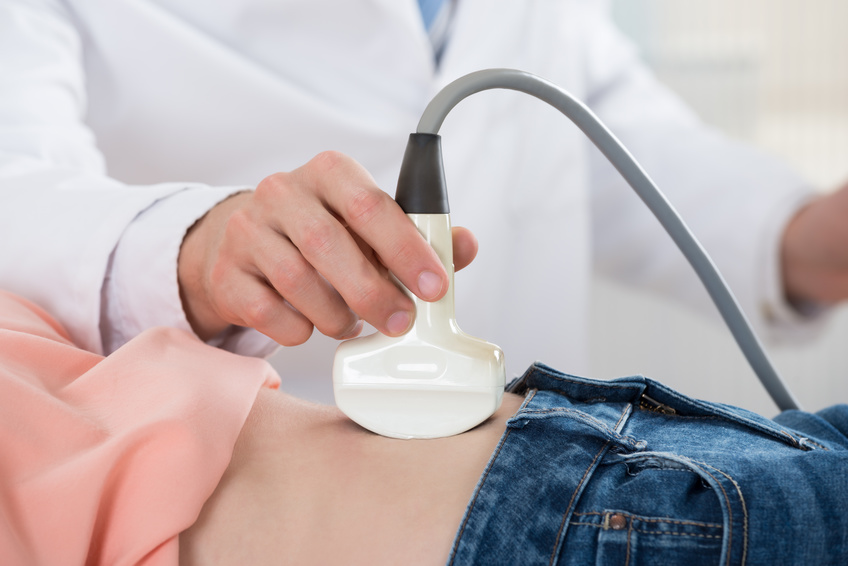Real Time Ultrasound
Real Time Ultrasound
Ultrasound is a handheld device that emits sound waves into the body. These waves, depending on their frequency, can be absorbed by tissues or can bounce off tissues and reflect back as echo pulses to create an image.
Real Time Ultrasound is an ultrasound machine that produces dynamic and “real time” images of your muscles. It does this by transmitting sound waves into your body that reflect off tissues and create an image. It can be used by a trained physiotherapist to assist in the assessment and treatment of certain conditions. It is a quick and non invasive procedure that may be used to compliment your physiotherapist’s hands on treatment and home exercise program.


What can Real Time Ultrasound be used for?
Core Assessment and Retraining
Real Time Ultrasound can be used to assess and retrain the deep stabilising muscles that support the lumbar spine (lower back). Research has indicated that our “inner core” muscles lose their strength and supportive nature around the lumbar spine following an episode of lower back pain. If these muscles are neglected following injury it can cause; ongoing pain, dysfunctional movement patterns, prolonged recovery and increased risk of reinjury can result.
These core muscles include:
- Transversus Abdominus
- Multifidus
- Pelvic Floor
- Diaphragm
When free of injury or pain, these muscles should co-contract, meaning they switch on together, to create stability and allowing our spinal segments to function more efficiently. However, due to the depth and small movement of these core muscles, it can often at times be difficult to palpate and feel if they are activating correctly. Real Time Ultrasound can be an effective and useful tool for addressing this issue.
Transversus abdominus is your deepest and only abdominal muscle that indirectly attaches to your lumbar spine. It should initiate subconsciously prior to movement. However, research shows that pain inhibits muscle activity, particularly the transversus abdominus, following an episode of lower back pain.
This muscular inhibition can also occur in the multifidus, the deep muscles in your back. Multifidus is also responsible for spinal stability and control as it allows each spinal segment to move independently. Patients who have experienced lower back pain or injury not only have difficulty isolating and switching on these muscles, but also have a delayed pattern when activating their core prior to movement. This can lead to poor motor control, dysfunctional movement patterns and ultimately result in increased pain.
Pelvic Floor Assessment and Retraining
The Pelvic Floor muscles can also be assessed using Real Time Ultrasound. Pelvic floor weakness can occur as a result of chronic or acute lower back pain, as the pelvic floor muscles are also responsible for core stability. Additionally, pelvic floor retraining can be necessary for those experiencing bladder dysfunction or incontinence, or as rehabilitation pre or post pelvic surgery, or pre or post pregnancy. Please refer to Women’s Health or Men’s Health for more information.
Real Time Ultrasound provides instant feedback so you can ensure correct muscles are activating properly. The visual ability of Real Time Ultrasound is essential in determining the quality of contraction in the core muscles. This is a very important step when rehabilitating from a lower back injury or pelvic floor dysfunction, as it assists your physiotherapist in prescribing and progressing your exercise program appropriately. Additionally, assessment and retraining through Real Time Ultrasound can be a great introduction to a Pilates rehabilitation program or class!
Our Enhance Physiotherapists are specialised in using Real Time Ultrasound for both lower back rehabilitation and pelvic floor retraining. Ask your Enhance Physiotherapist today about how Real Time Ultrasound can be incorporated into your treatment plan, to help reactivate muscles and restore proper movement function.



